Parting with an old bicycle is not as easy as we would like it to be. As it happens with many things that have accompanied us for a long time, a bike is associated with certain events, certain people, and simply – it represents a special concentration of energy. Even if the garage already has a brand-new mountain bike, few in a hurry to throw away the old bike. Today we will talk about how to breathe new life into it. Bicycle restoration is a chance to transform your bike beyond recognition.
When it’s worth restoring a bicycle
In a broad sense, the word “restoration” means to return an object to its former properties. This idea most often occurs to folk craftsmen and handy guys who are not a bread and butter, but give something to restore or construct. At flea markets are often found ads looking for old bikes. Especially since in recent years, began clearly visible fashion for rarity models.
Someone restores old bikes just because the process itself gives great pleasure. Someone makes a living out of it, and someone in order to further use the thing for its intended purpose. The goal in this case is not of fundamental importance. Much more important is the process itself.
Restoring a bicycle is a painstaking and time-consuming endeavor. You will certainly be satisfied with the result, but be prepared for the fact that the entire process will take several days, and maybe even weeks. If your head was a clear picture of what should be a perfect bike, you can spread in a corner of the room newspapers and slowly create a piece of engineering with his hands, lovingly wiping it with a cloth, while searching for an ergonomic leather saddle and unusual spokes.
If the ultimate goal is to fix an old bike just to ride it, it’s easier to buy a new inexpensive one than to completely restore the old one. It will be cheaper both financially and in terms of time. This means that you should take on restoration only if certain conditions are met:
- There is a concrete idea of what the end result should be.
- Raw materials, that is, an old bicycle has spiritual value.
- The presence of minimal technical skills.
If these factors come together in one bottle, you can safely get to work.
Where to start restoring an old bicycle
Based on the topic of our conversation, we can conclude: we already have an old bike. Now with a fighting spirit it is necessary to determine the amount of work, that is, to assess the condition of the old bike and imagine what should turn out in the end. Here it will not hurt to transfer on paper a plan of action, while making a list of spare parts, parts and accessories that will be useful for work.
Keep in mind that a variety of modern elements on a rarity bike will only disfigure the technique – try to maintain a balance. It is clear that everyone has their own plans for an elderly bike, but still spoil the classics – it’s sacrilege, guys.
Having made a plan of action and a list of necessary parts, we take a calculator in hands and count expenses. It is good, if spare parts are enough to soak in a solution and wash from rust. Otherwise, the resurrection of the iron old man can turn into a very expensive pleasure – many spare parts for Soviet bicycles and can not find. Therefore, it is quite possible that you will have to spend a large sum.
Necessary tools
Before starting the painstaking process, it would not hurt to enlist the support of someone knowledgeable in this work. Restoring a bicycle – it is, of course, not a helicopter repair, but have some skills and experience is still necessary. Yes, and various tools can come in handy:
- a set of hexagons (sometimes you need even the smallest ones);
- family wrench – a legendary tool that is considered a universal set (especially when it comes to Soviet equipment);
- screwdrivers: plus and minus;
- adjustable wrench, if available. Otherwise, a good set of ordinary ones will do;
- clamp for the chain. Despite the fact that folk craftsmen have long learned to remove the chain and without a special tool, easier and safer to do it with a wringer;
- wrench to remove the connecting rod and ratchet.
For a complete restoration will need a metal brush to remove the old paint, consumables (cables and clamps), as well as other accessories that can be found in almost any garage.
Creativity
You can’t do without it! It is one thing when you just need to restore the bike in order to be able to ride it. And it is quite another thing when you want to surprise people around you with your work. Here, you cannot do without creativity.
Custom models are a separate category of art with its own admirers. There are such craftsmen who make something similar to a chopper from an old Stork, or remake a Tourist into an unusual animal. Here the main emphasis is on the appearance and design of the bike. As for practicality, in this case, it is enough to comply with the primitive requirements.
What difficulties should be expected
With a high degree of probability you will face this problem – the lack of necessary spare parts for the bike. It is better to start looking for them right away at flea markets and flea markets. At the worst, you can always turn to turners or milling machines, which can make or fit to the correct dimensions the necessary elements. This applies first of all to the bicycle transmission, which has been in use since the last century.
The second point is the balance between work and leisure. Spending all your free time on restoration is not the best solution. Still, such a process should be approached creatively, with inspiration. Otherwise, you can quickly get bored with this business, and the bike will remain in an intermediate state. If you dose the time spent next to the iron old man, and the process will bring fun, and the work will move forward.
Increased costs. It is quite possible that you will encounter additional costs in the course of repair work. This is normal, the more so that experienced craftsmen say: planned for any repair costs can safely increase by half – then come out more or less real sum. And indeed, in the process of restoration may reveal an additional defect that was not taken into account at the preparatory stage.
Which parts need to be replaced first
If we are talking about an old bike, the first thing to do is to replace all consumable parts. If we’re talking about a completely decrepit old man, then the bike chain, screws, all sorts of screws and sprockets are retired – the iron elements will have to be soaked for a long time to remove corrosion. But that’s not the worst part. The worst thing is that the cleaned elements can crumble at the most inopportune moment. So only replacement and no compromise.
Tires, if they remained, are long ago dried up and cracked. You will not return them to former durability all the same, therefore we also change. Fortunately, the size of rims since the last century have not changed.
And to a bicycle saddle look closely. As a rule things from the USSR are of good quality. It is likely that the saddle can be restored. The fact that the modern model can damage the appearance of the rarity bike.
Functionality Check
Don’t rush to upgrade your bike by outfitting it with all sorts of accessories and functional gadgets. Our main goal is to get your bike back in working order, and then modify it to suit your moods and interests. Backlashes, gaps, squeaks or rattles – there shouldn’t be anything that raises doubts. That is, in the first place we do everything possible to make the bike go, but not by itself, but with the cyclist sitting proudly in the saddle.
When it’s best to go straight to a specialist
Cases vary – sometimes it’s realistic to put your bike in experienced hands and pick it up in a completely different guise. It is clear that not every workshop will take on the restoration of an old bicycle. But there are fans of their craft in such places as well. It is quite possible that some old-school craftsman will take on this case purely because of a sporting interest. If you are not confident in your abilities – it is better to give to a professional.
Step by step instructions for restoration
Recall that the restoration of an old bike is justified only when you plan to ride it only for the envy of all, that is unhurriedly, on a level road, without jumps on curbs and other curves. If you need transportation to conquer the off-road – it will be more practical to buy a new bike.
So, let’s start the restoration work.
The surface finish.
It comes down to repainting the frame, replacing the rubber and installing additional accessories (trunk, saddle, etc.). Sequence of work:
- Remove the old layer of paint (solvent and a metal brush will help you).
- Clean the rusty places.
- Degrease the surface.
- Allow to dry well.
- Paint in few layers from spray-gun.
- Dry thoroughly.
Distinguishing marks may be applied with a stencil or make stickers. Rims are painted separately. To avoid getting paint on the hub and spokes, you can wrap food cling film around them.
What’s good for customizing a bike:
- grips;
- Rear-view mirrors;
- headlights and lights;
- fenders, mudguards and lockers;
- bottle mounts;
- reflective elements on the nipple;
- lighting elements, etc.
We’ve already talked about the saddle. If it is made of leather or wood it may be restored if you take this process seriously.
The technical part
It boils down to replacing the main mechanisms and units of the bike: the front fork and handlebar, rims and tires, connecting rods, pedals and carriages, elements of the transmission, installation of brakes, etc.
Cables and jackets.
These are the veins of your bike. If they’re frayed, worn, and clogged with dirt, you shouldn’t expect anything good from them. Only replace with new consumables – otherwise the derailleur won’t work adequately. It is not necessary to buy expensive products – it is better to give preference to budget models of jackets and cables.
Transmission and chain
This node must be changed completely – no exceptions. It is unlikely that the chain will be in good condition, and its soaking and cleaning will give only temporary results. Therefore, only replacement. The same applies to the sprockets. It is quite realistic to put a multistage transmission on a Soviet bicycle.
In fact, only the exterior will be left from the old bike. To end up with a decent unit, it is desirable to change almost all parts, except for the frame, steering column, rims, saddle, etc. But the result is worth it.
Conclusion
Tuning the same Soviet Tourist can cost both a large and an insignificant amount. It all depends on what the potential owner of the custom bike wants to get in the end. You can be limited to replacing functional elements, or you can really make an original and unusual model. In any case, without replacing the tires, brakes and transmission cannot do without it. Everything else is optional.

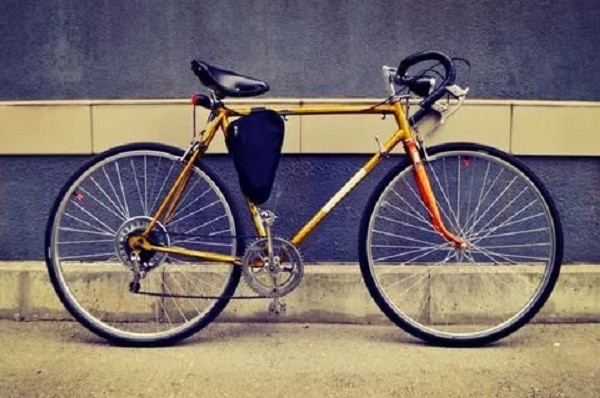
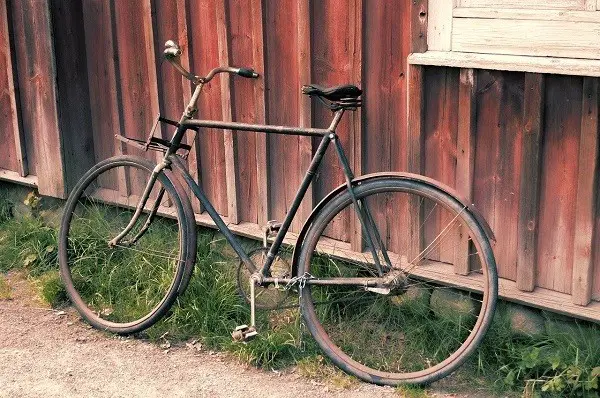
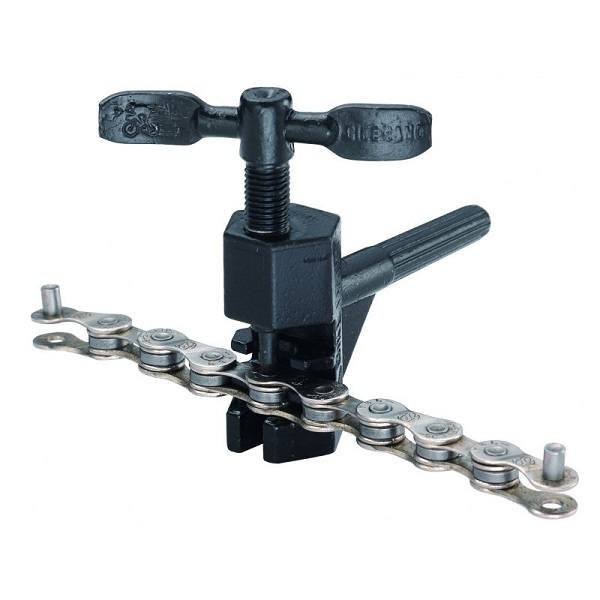
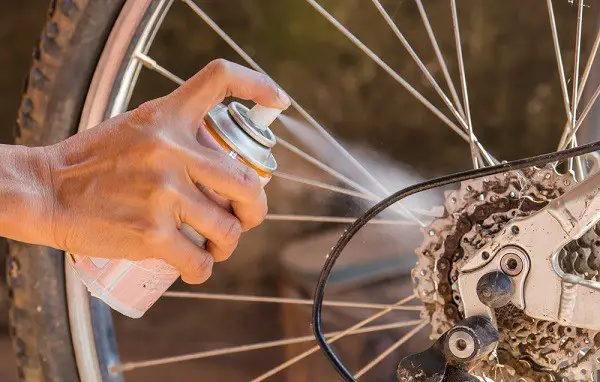
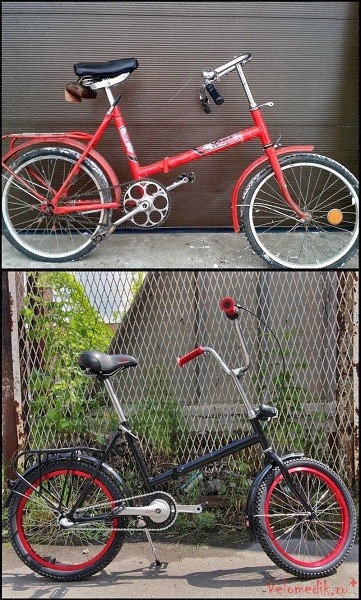
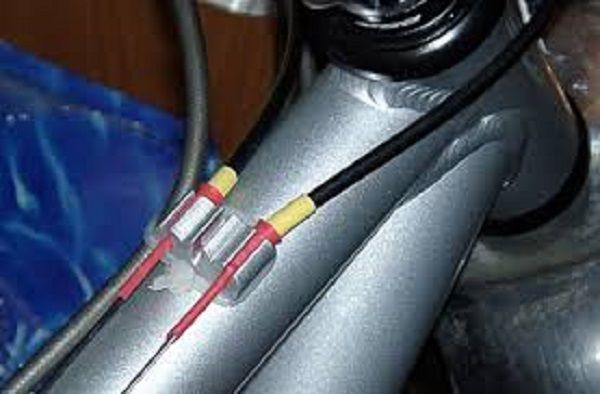



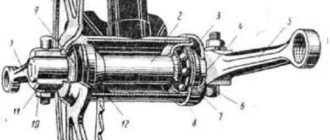


The key things are missing – what to do with electroplating. That is, the chrome elements. They can peel off in places, lose their shine in places. Not all of them can be cleaned.